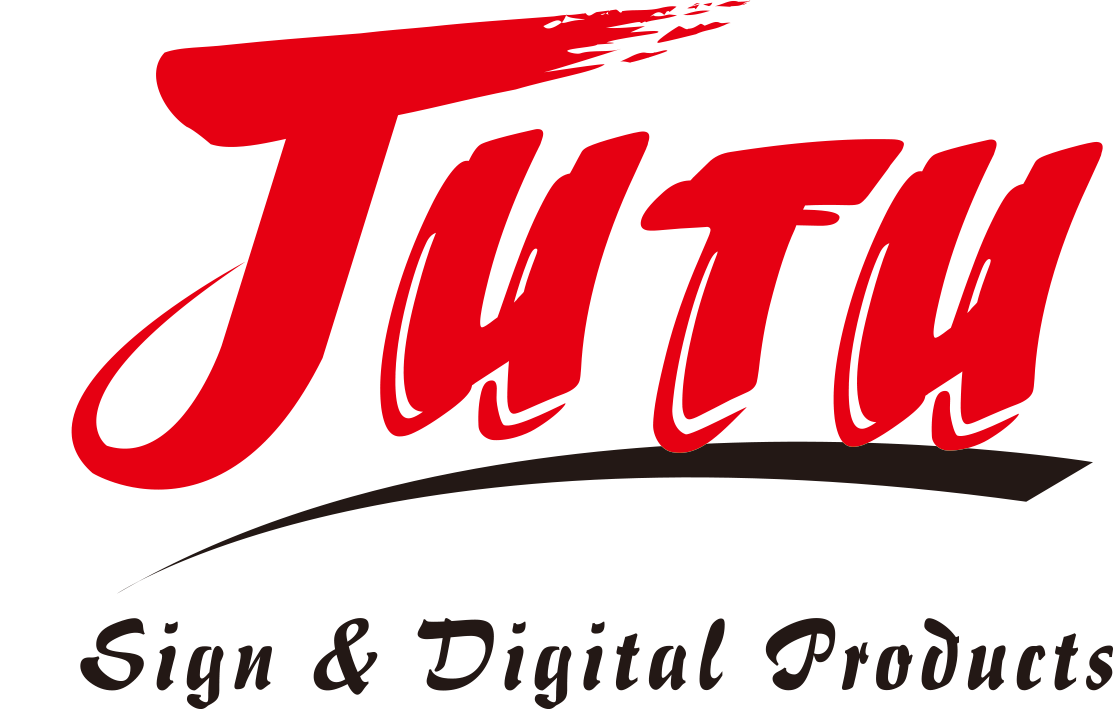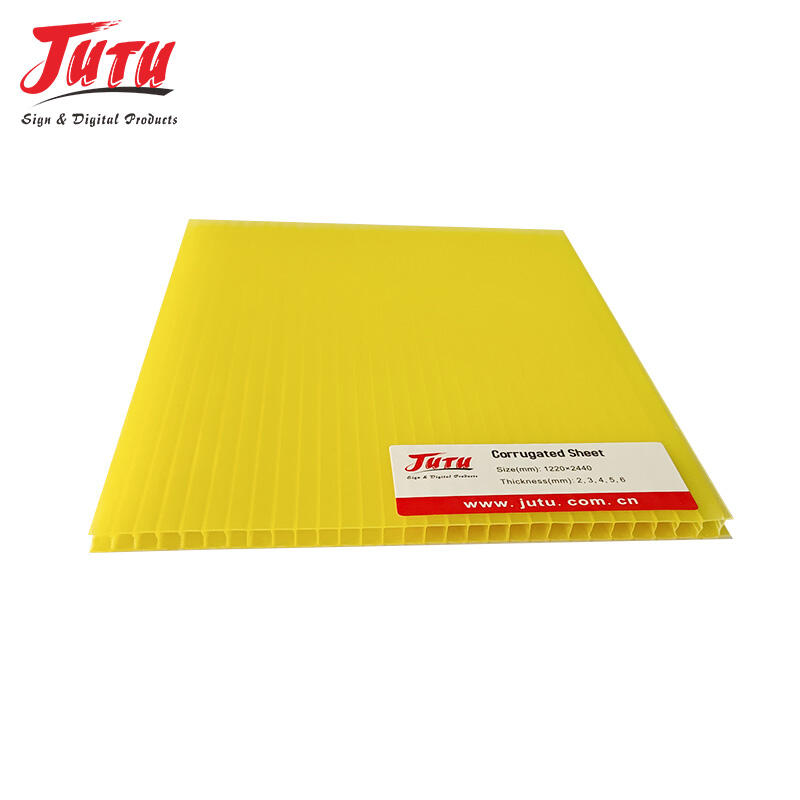Essential Guidelines for Paper Foam Board Projects
Working with paper foam board requires careful attention to detail and proper technique to achieve professional results. This versatile material, popular in crafting, model-making, and presentation displays, offers a perfect balance of rigidity and lightweight properties. Understanding the fundamentals of cutting and mounting paper foam board will help you create polished, professional-looking projects while avoiding common mistakes that can lead to waste and frustration.
Preparing Your Paper Foam Board Workspace
Setting Up the Ideal Cutting Environment
Before beginning any paper foam board project, it's crucial to establish a proper workspace. Choose a large, flat surface that provides ample room for your materials and cutting tools. The work area should be well-lit to ensure precise cuts and prevent errors. Place a self-healing cutting mat underneath your paper foam board to protect both your work surface and maintain the sharpness of your cutting tools.
Temperature and humidity can affect paper foam board's properties, so maintain a controlled environment whenever possible. Extreme conditions can cause warping or make the material more difficult to work with. Store your paper foam board flat and away from heat sources or areas with high moisture levels.
Essential Tools and Materials
Gathering the right tools is fundamental to successful paper foam board work. A sharp utility knife or craft knife is essential - dull blades can tear the material and create ragged edges. Keep replacement blades handy, as paper foam board can dull blades quickly. A metal ruler or straight edge is necessary for achieving straight cuts and should be thick enough to serve as a cutting guide without being damaged by the blade.
Additional tools might include pencils for marking, erasers that won't damage the surface, and various adhesives suitable for paper foam board. Consider having different types of cutting tools available, such as precision knives for detailed work and longer blades for straight cuts. A T-square or drafting triangle can help ensure accurate angles and measurements.
Advanced Cutting Techniques
Mastering Straight Cuts
Achieving clean, straight cuts on paper foam board requires both the right technique and patience. Always make multiple light passes rather than attempting to cut through the board in one motion. This approach prevents tearing and ensures cleaner edges. Position your straight edge firmly and maintain consistent pressure throughout the cut.
When cutting, hold your blade at a consistent 90-degree angle to the board's surface. This ensures the edges remain square and makes joining pieces easier later. For especially thick paper foam board, consider scoring the surface first, then gradually increasing pressure with subsequent passes until you cut through completely.
Creating Complex Shapes and Curves
Cutting curves and intricate shapes in paper foam board requires special attention and technique. For gentle curves, make a series of small, controlled cuts rather than trying to follow the curve in one motion. This method provides better control and reduces the risk of mistakes. When cutting tight curves or circles, consider using a compass cutter designed specifically for foam board.
For complex shapes, create templates first using paper or cardboard. This allows you to test the design before cutting into your paper foam board. When cutting detailed patterns, ensure your blade is extremely sharp and make multiple light passes to achieve clean edges without crushing the foam core.
Professional Mounting Methods
Surface Preparation and Adhesive Selection
Successful mounting begins with proper surface preparation. Both the paper foam board and the mounting surface must be clean, dry, and free of dust or debris. Select an adhesive appropriate for both materials - options include spray adhesives, double-sided tape, or liquid adhesives designed specifically for paper foam board.
Different mounting situations may require different adhesive approaches. Consider the project's permanence, weight requirements, and environmental conditions when selecting your mounting method. For temporary displays, removable mounting strips or repositionable adhesives might be ideal, while permanent installations may require stronger bonding solutions.
Preventing Warping and Bubbling
When mounting paper foam board, proper technique is crucial to prevent warping and air bubbles. Apply adhesive evenly and consistently across the surface, paying special attention to edges and corners. For large pieces, work from the center outward to push any air bubbles toward the edges where they can escape.
Use appropriate pressure when mounting - too much can damage the board's surface or create indentations, while too little may result in poor adhesion. Consider using a clean roller or brayer to ensure even pressure distribution. Allow proper drying time according to the adhesive manufacturer's recommendations before handling or displaying the mounted piece.
Common Questions About Paper Foam Board
What type of blade works best for cutting paper foam board?
Sharp, fresh utility knife blades or specialized foam board cutters typically provide the best results. The blade should be replaced frequently to maintain clean cuts and prevent tearing. A 45-degree angle blade can be particularly effective for detailed work, while standard utility knives work well for straight cuts.
How can I prevent the edges from crumbling when cutting?
To prevent edge crumbling, ensure your blade is sharp and make multiple light passes rather than forcing the blade through in one cut. Using a proper cutting mat and maintaining steady pressure while cutting will also help achieve clean edges. Working slowly and deliberately will produce better results than rushing through cuts.
What is the best adhesive for mounting paper foam board?
The best adhesive depends on your specific application, but generally, acid-free spray adhesives or specialized foam board adhesives work well. For temporary mounting, removable mounting strips or repositionable spray adhesives are recommended. Always test adhesives on a small area first to ensure compatibility and desired results.

